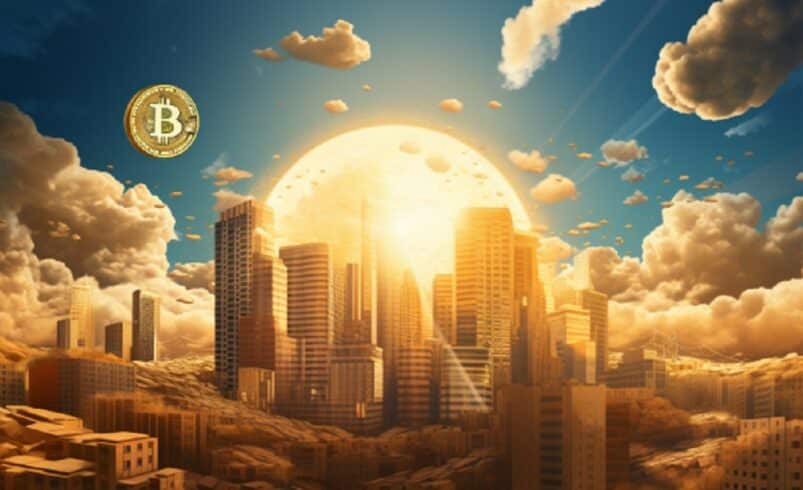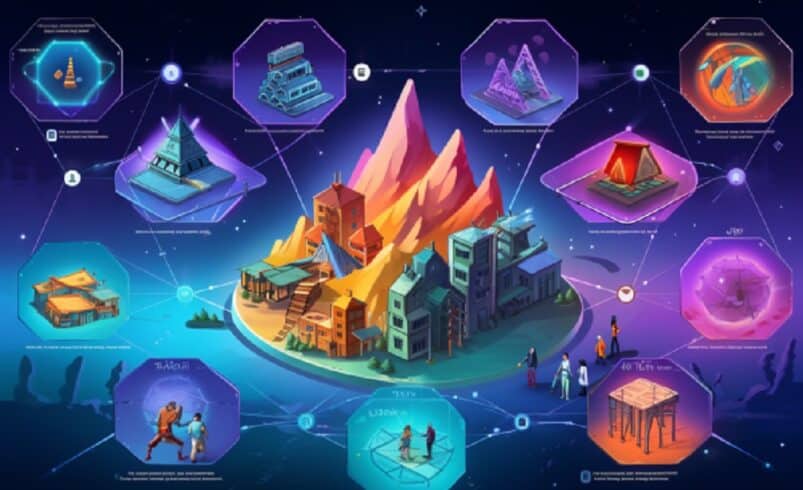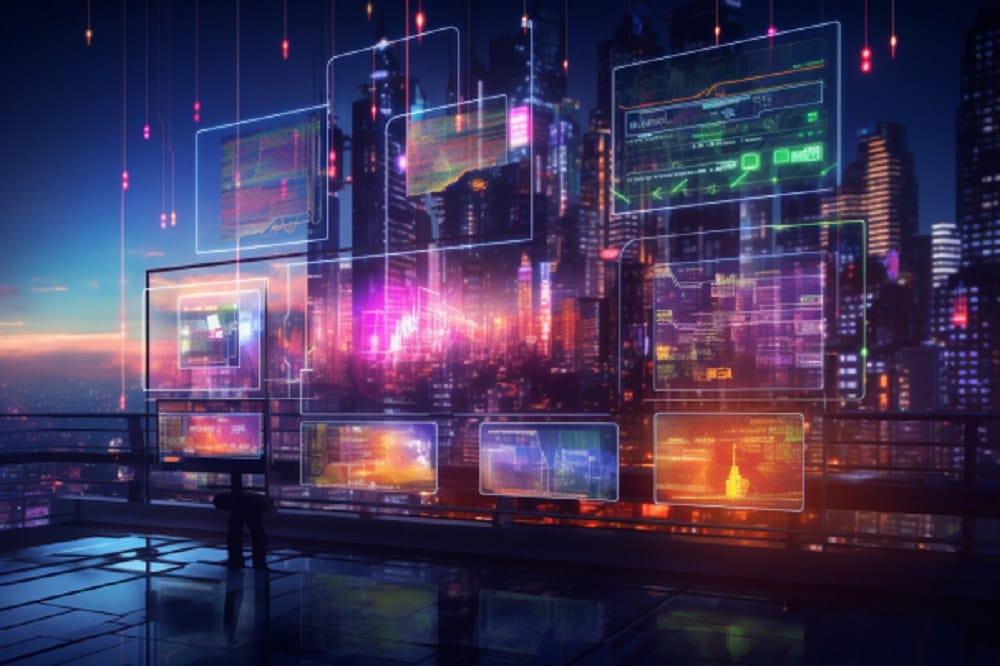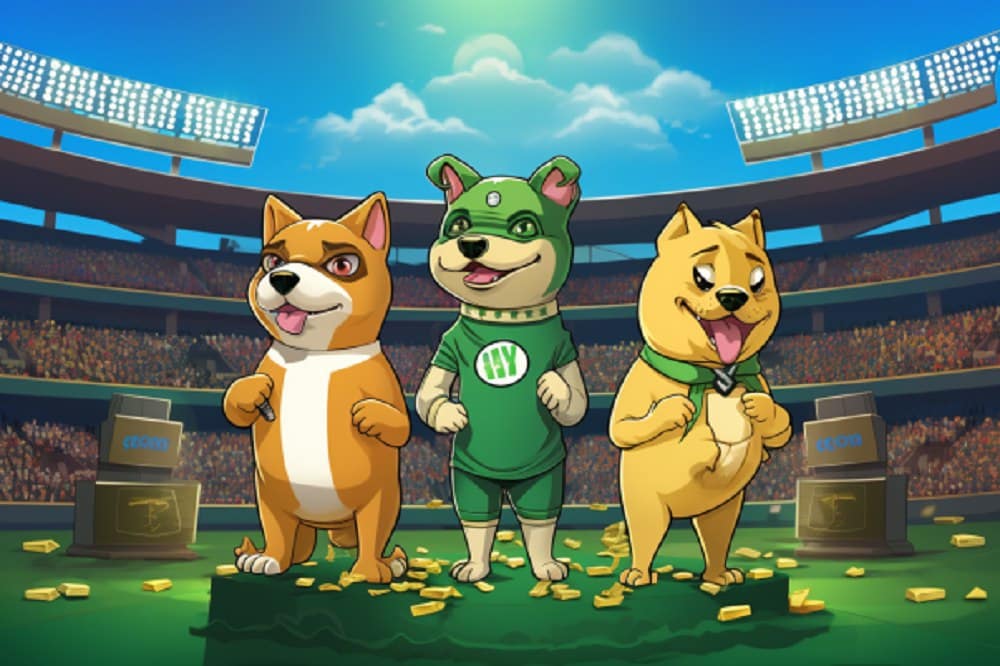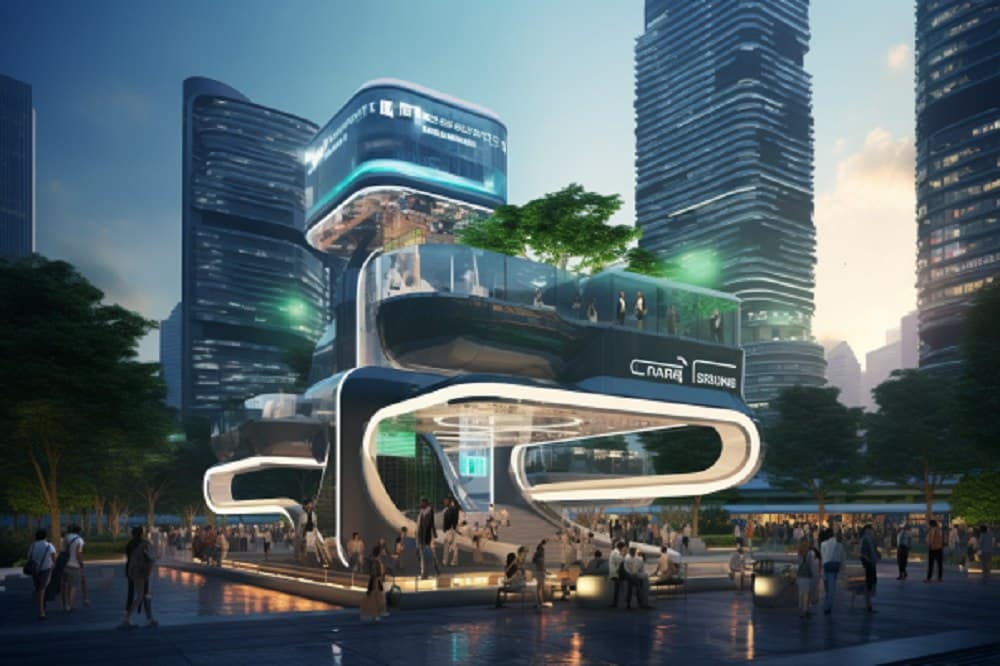AI Art: Understanding How To Use Creative Algorithms Effectively
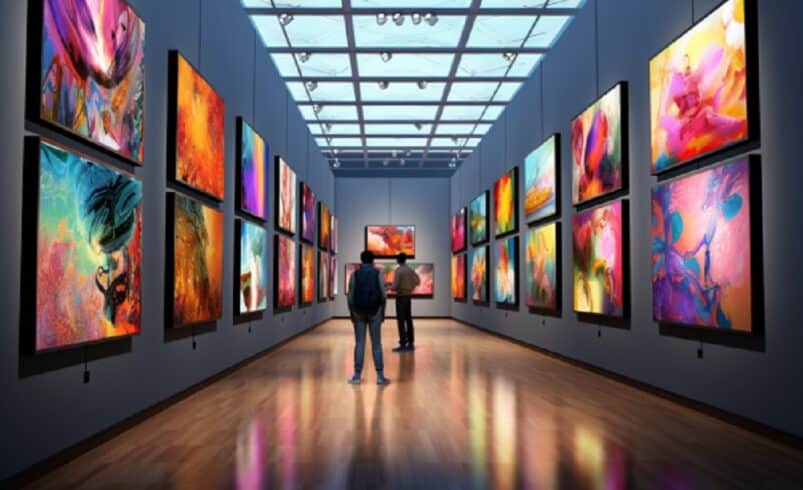
AI Art, an exceptional fusion of technology and creativity, permeates our visual world. From enhancing social media avatars to crafting stunning fashion designs, it also reshapes creativity. Video games now boast algorithm-built landscapes, and advertisers use AI’s prowess for captivating campaigns.
What Is AI Art?
AI art entails feeding prompts into a specialized AI platform, which uses algorithms and machine learning to craft unique artwork. While AI can independently create art, combining human input and machine precision brings the artwork to life.
Generative art and style transfer are notable aspects. Generative art relies on machine learning for unpredictable outputs. Style transfer blends different artistic styles with visual content using neural networks.
AI art expands the boundaries of conventional creativity, offering exciting new expression avenues. Yet, it brings challenges, prompting discussions on the artist’s influence, intellectual property, and the role of machines in art creation.
Differences Between AI Art And Traditional Art
Traditional art is a deeply personal expression woven from emotions, memories, and individuality. Every brushstroke, sculpted line, or musical note carries the artist’s passion and unique perspective, shaped by their roots, life experiences, and feelings.
In contrast, AI art arises from the marriage of algorithms and machine learning. While humans craft and refine these algorithms, the machine executes the creative process.
Inspiration stems from previous experiences for traditional artists, while AI relies on data, akin to cooking with love versus following a precise recipe. Consistency is a hallmark of AI, especially in text-based tasks, unlike traditional art’s often singular and irreplicable nature.
Distinctions Between The Two
AI lacks emotions; it only processes data. Traditional art, on the other hand, channels raw, unfiltered sentiment. Also, AI tools adapt and refine their output, a capacity beyond the scope of traditional artists, no matter their development.
While traditional artists often specialize, AI can effortlessly shift between styles and mediums. Traditional art starts with an artist’s intended message, while AI interprets data patterns without human-like intent.
Recognizing these distinctions allows for a profound appreciation of the distinct contributions of traditional and AI-generated art forms.
How AI Creates Artwork
Creating artwork through artificial intelligence involves an intricate interplay of algorithms and data. Various AI models, including diffusion models and Generative Adversarial Networks (GANs), have emerged as potent tools for generating diverse forms of artistic content.
Diffusion models operate on the principle of gradual enhancement. They don’t instantly generate an image; instead, they start with a basic structure and refine it gradually.
Furthermore, the Diffusion models belong to a distinct class of generative models that simulate a random diffusion process, transforming simple data distributions like Gaussian noise into complex ones, such as images of pets. This concept draws inspiration from diffusion physics, in which particles spread out with time.
Generative Adversarial Networks (GANs) involve two neural networks: generating art and critiquing it. The generator creates images, initially from random noise. With time, it receives a response from the discriminator, refining its outputs to create more realistic images.
The discriminator’s role is to distinguish between authentic images and the fake images produced by the generator. It provides feedback to the generator about the quality of its generated images.
The training approach is a dynamic interplay where the generator aims to create more realistic images as the discriminator hones its ability to differentiate between real and AI-generated images. The generator aims to create convincing images so that the discriminator can’t distinguish them from real ones.
Many experts consider Neural Style Transfer (NST) the ultimate art blender. It copies the feature of one image and blends it seamlessly with the distinctive style of another.
This technique has its roots in deep neural networks (DNNs), enhancing an image to match the content features of one and the style features of another. It allows for a harmonious fusion of content and iconic art styles, offering a fresh perspective on familiar visuals.
Creating a latent space, where different points correspond to variations in the generated content, allows artists to guide the generation process and explore novel artistic possibilities.
What The Future Holds For AI Arts
AI art merges artist, brush, and canvas within a machine devoid of personal touch or emotion. Historically, artists wielded tools, but with AI, tools gain unprecedented autonomy, sparking debates on art’s future.
AI art is a fusion of human creativity and machine precision, pushing artistic boundaries. As AI advances, it prompts ethical and legal discussions, reshaping the art landscape. The future holds both challenges and opportunities for AI’s impact on creativity. However, mindful utilization would provide the best results.
TradeZoneCrypto.com offers high-quality content catering to crypto enthusiasts. We’re dedicated to providing a platform for crypto companies to enhance their brand exposure. Please note that cryptocurrencies and digital tokens are highly volatile. It’s essential to conduct thorough research before making any investment decisions. Some of the posts on this website may be guest posts or paid posts not authored by our team, and their views do not necessarily represent the views of this website. TradeZoneCrypto.com is not responsible for the content, accuracy, quality, advertising, products, or any other content posted on the site.


